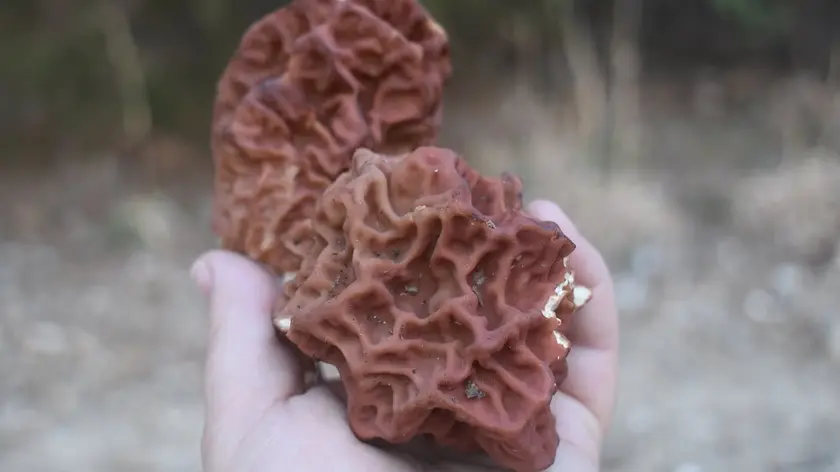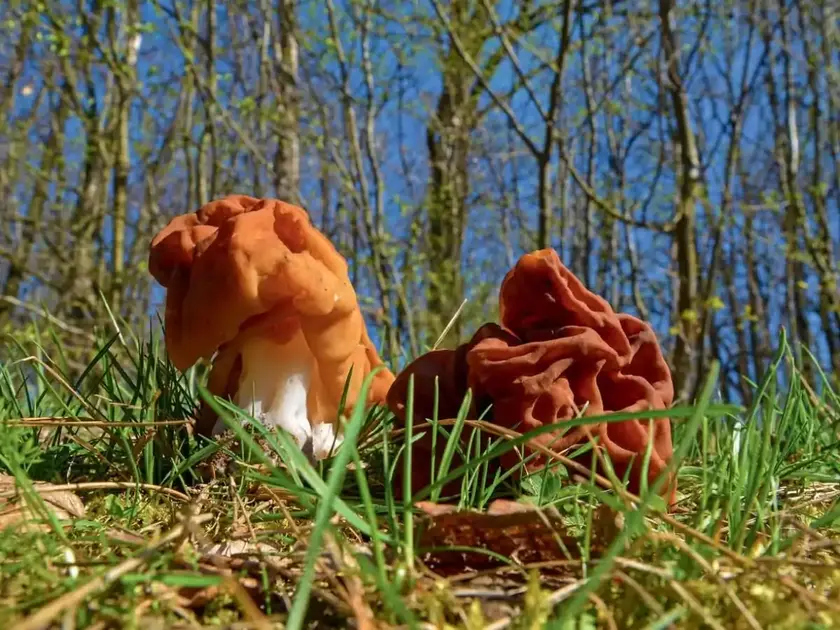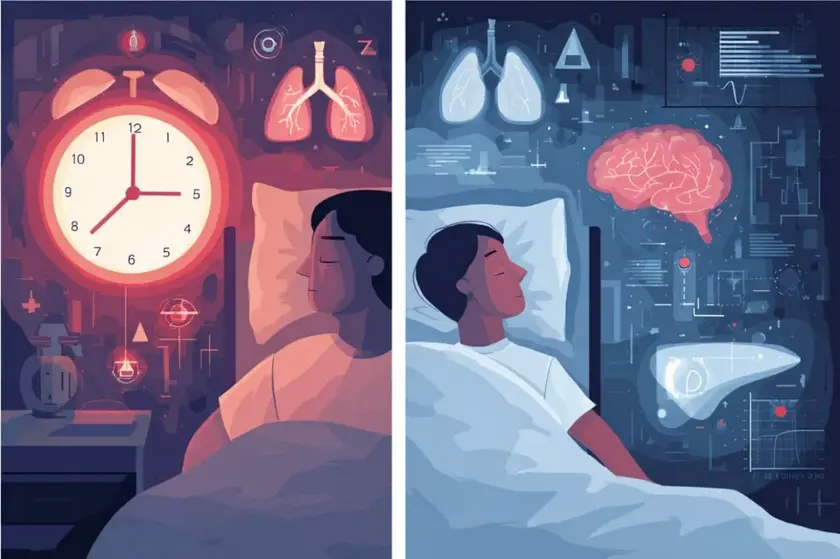T4K3.news
ALS link to false morels studied in Montchavin
Researchers examine whether repeated false morel consumption explains the ALS cluster in the French Alps village.

A cluster of ALS cases in a small French village prompts study into whether false morels play a role in the disease.
False morels linked to ALS in Montchavin
Montchavin, a village of about 200 people in the French Alps, has reported 16 ALS cases over the last decade, well above global expectations. Investigators say some patients frequently collected and ate false morels, the Gyromitra species that resemble true morels but carry hydrazines that affect the nervous system. None of the patients shared a known genetic risk, making an environmental trigger a leading theory.
Neurology researcher Dr Emmeline Lagrange led the study from Grenoble University Hospital. She collaborated with Dr Peter Spencer of Oregon Health and Science University, who has long explored foodborne toxins as a potential driver of neurodegenerative disease. Spencer cites a Guam linked ALS-PDC theory and notes that a toxic byproduct may arise when hydrazines in false morels are metabolized. The team also references a 2024 Michigan study of 118 false morel poisonings to illustrate the mushrooms dangerous potential when misidentified or eaten repeatedly. The findings are preliminary, and experts caution against drawing broad conclusions about mushrooms or ALS.
The research underscores how a local culinary curiosity can become a broader public health question. It highlights the need for careful study and clear communication as scientists seek to separate coincidence from causation, especially when tourism and local identity are tied to a regional food. The case also shows how complex and contested key questions about ALS risk remain, even as chefs and foragers are drawn to unusual ingredients.
Key Takeaways
"Since no other significant exposure was found, the primary risk factor seems to be repeated ingestion of these neurotoxic fungi."
Lagrange's conclusion
"They are always in a group, a secret group, a social network, and they eat the mushrooms."
A villager describing local eating patterns
"I noted that among the foodstuffs they reported were mushrooms."
Spencer explaining why mushrooms matter in the discussion
"False morels contain compounds called hydrazines that are toxic to the nervous system."
Description of the toxin
This case shows how curiosity about a local cuisine can become a public health question. It underscores the danger of drawing strong links from a single village without broad data, and it highlights how science communicates uncertainty to the public. Even if a link is confirmed, the story is not a verdict on gourmet mushrooms. It calls for careful guidance on foraging, cooking and education so communities can enjoy food without fear. It also shows how a niche medical debate can echo into tourism and regional identity.
Highlights
- Taste should not outpace science
- When a village becomes a case study the kitchen turns into a laboratory
- Delicacy and danger share the same plate
- Science will tell the final answer not the menu
Health and safety concerns over foraged mushrooms
The Montchavin ALS cluster invites scrutiny of foraging practices and environmental exposures tied to a food item. Findings are preliminary and require broader study to avoid misinterpretation and public backlash.
The next chapter will be written in the lab and in local kitchens.
Enjoyed this? Let your friends know!
Related News

Link between false morels and ALS cases in French village

Health Crisis Linked to Mushrooms in Alpine Village

Irregular Sleeping Patterns Linked to 172 Diseases

Creatine shows potential beyond athletics

New study supports vaccine safety against aluminum claims

Study links make-up use to higher asthma risk in women

Gunfire near Gaza food sites investigated

Gaza contractor linked to extremist motorcycle group
